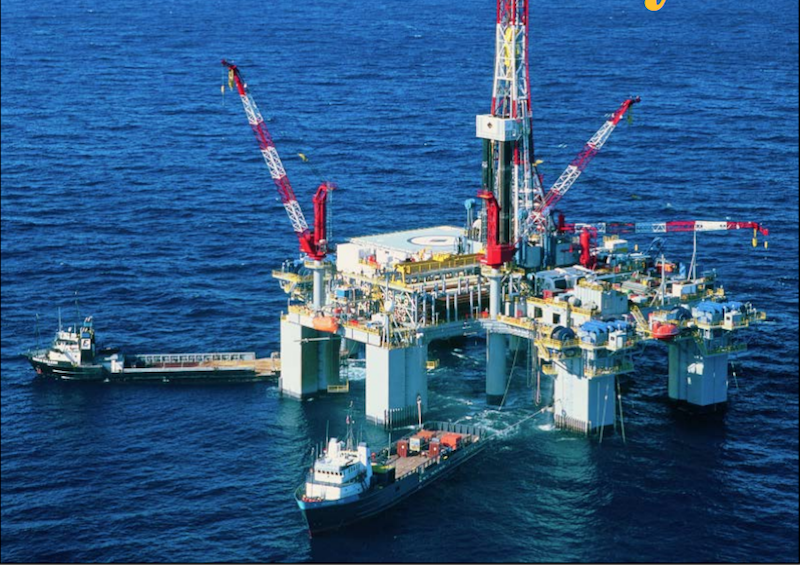Oil prices have established a new milestone having crossed the $50 a barrel mark — a 10-month high. Given last spring’s oil demand implosion and price collapse as the coronavirus exploded on the world stage, reaching this price level is a major achievement.
Despite the virus uptick, which is forcing new economic restrictions that should be sapping demand, oil prices continue to march higher. They appear to be driven by other forces – weakening of the U.S. dollar, growing developing economies, the snapback in activity in China, and fear of the return of inflation. Alone, each pressure might boost oil prices. Combined, they are generating substantial momentum for higher oil prices.
The recent OPEC+ agreement to only add 500,000 bbls. of supply back into the market, with no additional volumes for several months, signals that driving down global inventories is a priority for the exporters. After Russia and Saudi Arabia agreed on the supply additions, the kingdom announced a unilateral production cut of one million barrels per day. Saudi Arabia said Russia was aware of its planned announcement at the time of the OPEC+ agreement. Does it mean the two super-producers are scheming to drive prices higher, or are there more sinister reasons for Saudi’s action?
Saudi Arabia has been struggling with low oil prices. It continues with Vision 2030 to rework its economy. That has necessitated extensive borrowings to fund the effort given weak oil revenues. One could read this production cut as a way to assure Russia stayed with OPEC and not start another oil war, especially given Russia’s lobbying for higher output. Saudi’s cut will allow Russia to lift its output slightly for the next two months. The move did boost oil prices – Brent jumped by $4 bbl. on the news – helping lift everyone’s income.
On the other hand, maybe Saudi is more concerned about a derailing of the oil recovery due to weakening oil demand as the virus uptick saps economic activity and vaccinations are slow in rolling out. There are a couple of possible internal explanations: the kingdom’s oil fields are beginning to struggle after producing at such a high rate for so long; or maybe it has been able to cut its need to burn oil for power generation. The answer to these questions will be known eventually, but until then, oil producers will happily scoop up the additional cash and wait for greater pricing clarity.
The offshore market still faces the challenge of being a long-term and more expensive market – meaning the response time is long and its oil is more costly. Onshore producers have a distinct advantage at the moment. If oil demand doesn’t collapse with the virus outbreak, and vaccinations accelerate the economic recovery, then oil prices might find $50 to be a floor, boosting offshore operators’ confidence for moving forward. This all bears watching, as spring may bring a true revival for the industry.




